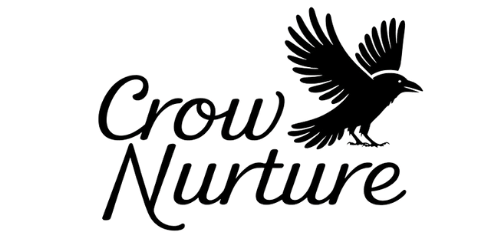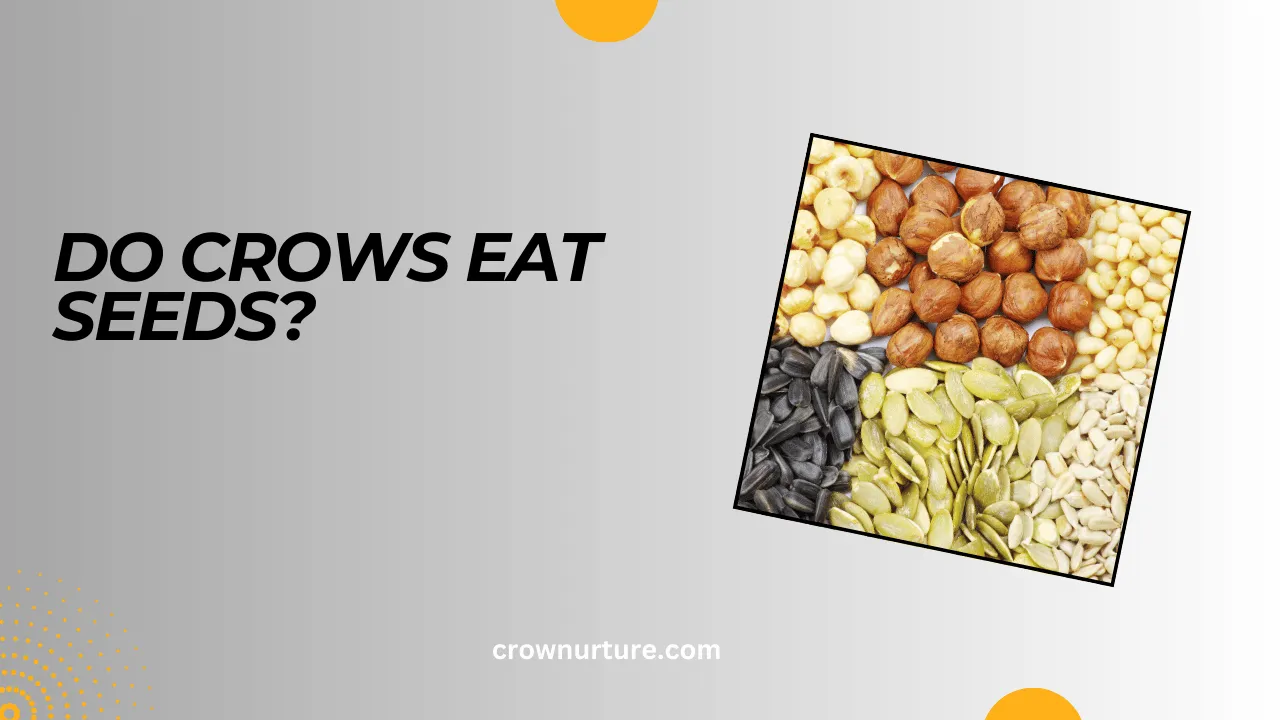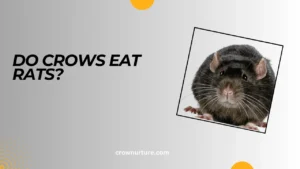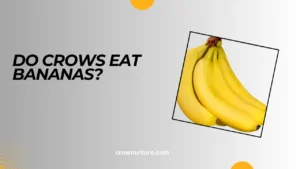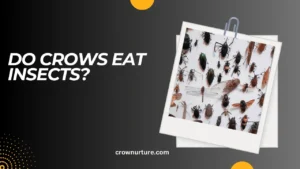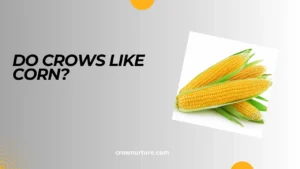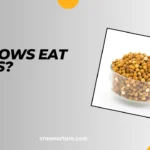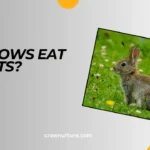Crows are some of the most intelligent creatures in the animal kingdom, known for their problem-solving abilities, complex social structures, and impressive adaptability.
But what truly sets them apart is their ability to thrive on a wide variety of food sources. From scavenging city streets to hunting in forests, crows are opportunistic omnivores, always on the lookout for their next meal.
Yes, crows do eat seeds, but they aren’t your typical seed-eating birds. They consume a wide range of food, from insects to fruits and even carrion. Seeds are just one piece of the puzzle in their varied and adaptable diet.
Understanding how and why crows eat seeds can offer a fascinating glimpse into their feeding habits and the ecological roles they play. In this article, we’ll explore the diversity of crows’ diets, how they obtain seeds, and the impact of their feeding habits on the environment.
From foraging strategies to their important role in seed dispersal, you’ll discover why these clever birds are so integral to ecosystems around the world.
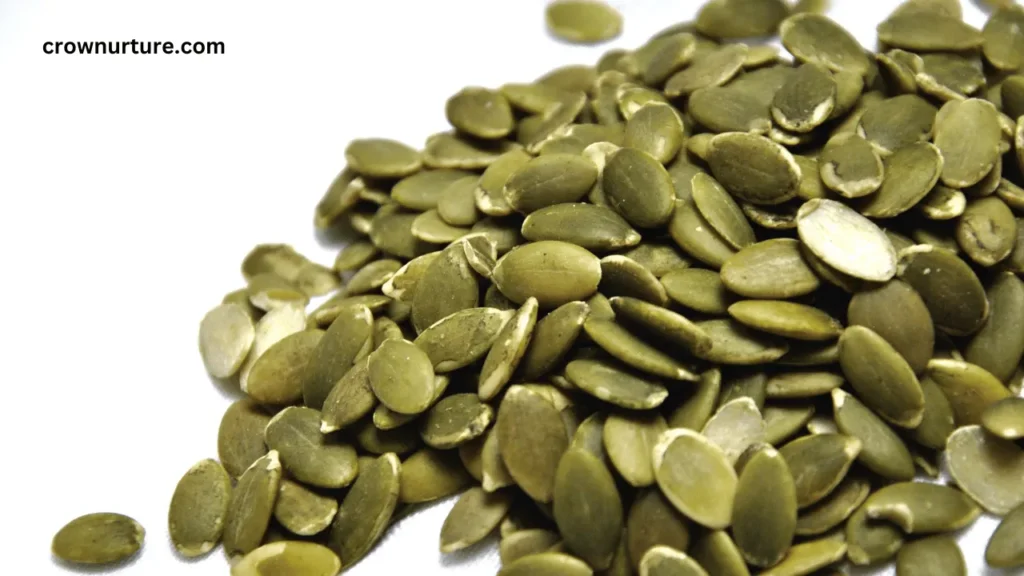
Contents
1. Crows: Opportunistic Omnivores
Crows are omnivores, meaning they consume both plant and animal matter. Their diet is incredibly diverse, enabling them to survive in a wide range of environments.
Their primary food sources include insects, fruits, and seeds, as well as small vertebrates like mammals, reptiles, and amphibians. Crows are also scavengers, feeding on carrion and human-generated food from garbage or bird feeders.
This versatility makes crows highly adaptable to different environments and able to survive in urban, rural, and wilderness areas alike.
2. Seeds in the Crow’s Diet
Crows eat a variety of seeds as part of their diverse diet. They consume agricultural seeds like corn and wheat, especially in farm fields, as well as wild seeds from trees and plants, including acorns and nuts.
They obtain seeds using various foraging strategies, such as ground foraging, where they search the soil for fallen seeds. Crows also engage in caching behavior, hiding seeds to consume later.
Some crows even use tools—like sticks or stones—to break open hard-to-reach seeds or to extract seeds from difficult locations, showcasing their problem-solving intelligence.
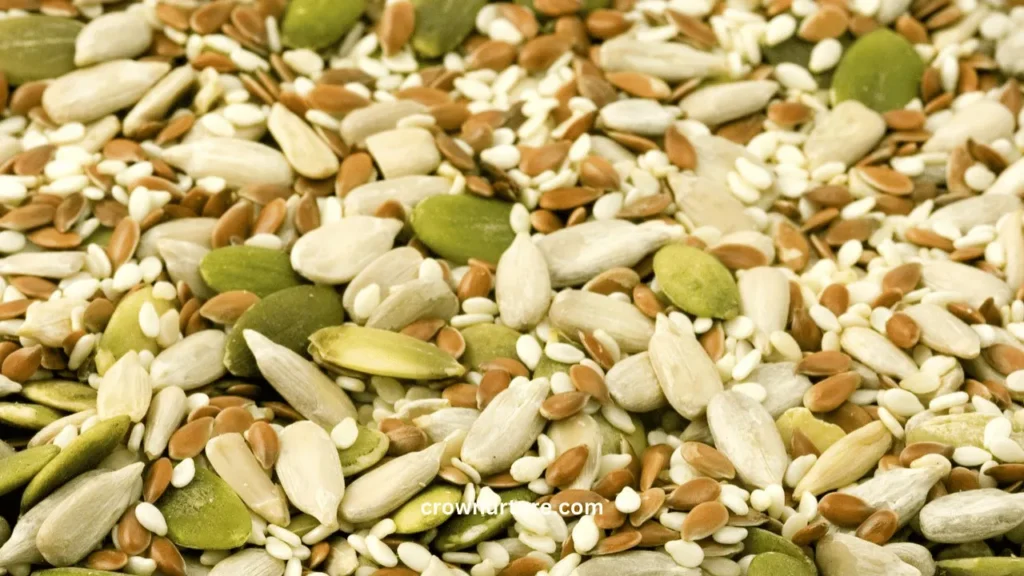
3. The Role of Crows in Seed Dispersal
Crows play a critical role in seed dispersal. As they forage, they often move seeds to new areas, sometimes dropping them or hiding them for later consumption. This movement helps plants spread to new locations, aiding in the regeneration of plant species.
Although crows consume seeds, they also unintentionally contribute to plant growth. Their digestive process can help seeds germinate, especially those that pass through their system intact.
However, their predation on seeds can also negatively impact plant populations, reducing the number of viable seeds available for germination, especially for plants with large seed stocks.
4. The Impact of Human Activities
Human activities, such as urbanization and habitat destruction, have altered the availability of natural food sources for crows. As natural habitats shrink, crows have turned to human-generated food sources, including garbage and bird feeders, which can change their eating habits.
Crows’ reliance on human food sources can lead to dietary imbalances, affecting their health and reproductive success. It also brings crows into closer contact with humans, leading to more human-wildlife conflicts.
Understanding crow feeding habits is important for wildlife conservation efforts. By ensuring that crows have access to a variety of natural food sources, we can help maintain their role in the ecosystem while minimizing the negative effects of urbanization.
5. The Importance of Crows in Ecosystems
Crows are essential for maintaining ecological balance. They help control insect populations, clear carrion, and participate in seed dispersal, promoting the growth of plants.
By feeding on seeds, crows also help regulate plant populations, preventing the overgrowth of certain species while allowing others to thrive. Their ability to adapt to different environments and food sources makes them an important part of biodiversity.
Understanding how crows interact with their environment can help us appreciate their role in maintaining a healthy and balanced ecosystem.
Conclusion
Crows are opportunistic omnivores with a diverse diet that includes seeds, insects, fruits, and even carrion. While seeds are an important part of their diet, they are far from the only food source crows rely on.
Their role in seed dispersal, ecological balance, and even human interaction underscores the significance of crows in our ecosystems. By understanding their feeding behaviors and the impact of human activities, we can better appreciate their contribution to the natural world.
As we continue to share space with these intelligent birds, it’s important to recognize the delicate balance they help maintain—and how their adaptability benefits us all.
FAQs
1. Do crows eat seeds every day?
Yes, crows often include seeds in their diet, but they also consume a variety of other foods like insects, fruits, and small animals.
2. What kinds of seeds do crows eat?
Crows eat a wide range of seeds, including corn, wheat, acorns, berries, and nuts.
3. How do crows find seeds?
Crows find seeds through ground foraging, tool use, and caching seeds for later consumption.
4. Do crows play a role in seed dispersal?
Yes, crows disperse seeds by transporting them to new locations, helping with plant growth and germination.
5. Do human activities affect crow feeding habits?
Yes, urbanization and habitat loss have made crows more reliant on human food sources, like garbage and bird feeders.
6. Do crows eat human food?
Yes, crows are known to scavenge human food, especially from garbage and bird feeders.
